Meaning: explanatory or emphatic form (giving reasons, explanations, or emphasis)
Grammar Point:
「んです」(casual) and 「のです」(formal) are used to give explanations, reasons, or add emphasis to statements. They make the sentence sound more natural and conversational, often implying “the reason is…” or “the thing is…”
Formation:
Verb(plain form) + んです/のです
い-adjective + んです/のです
な-adjective + なんです/なのです
Noun + なんです/なのです
日本語 / にほんご / Japanese
(1) 私は頭が痛いんです。
(2) 母は体が疲れているんです。
(3) 来年、弟は日本へ行くんです。
(4) 今、友達は外で待っているんです。
(5) 今、私は台所で料理しているんです。
(6) 昨日、友達がそこに来なかったんです。
(7) あの警察官は問題がいっぱいあるんです。
(8) 子供たちはその話を知らなくてもいいんです。
ことばと表現 / Words & Expressions
頭【あたま atama】head
痛い【いたい itai】painful, hurt
体【からだ karada】body
疲れる【つかれる tsukareru】to get tired
今【いま ima】now
外【そと soto】outside
待つ【まつ matsu】to wait
台所【だいどころ daidokoro】kitchen
警察官【けいさつかん keisatsukan】police officer
問題【もんだい mondai】problem
いっぱい【いっぱい ippai】full, a lot
話【はなし hanashi】story, talk
知る【しる shiru】to know
英語 / えいご / English
(1) I have a headache. / My head hurts.
(2) My mother is tired. / My mother’s body is tired.
(3) Next year, my younger brother is going to Japan.
(4) Right now, my friend is waiting outside.
(5) Right now, I am cooking in the kitchen.
(6) Yesterday, my friend didn’t come there.
(7) That police officer has a lot of problems.
(8) The children don’t need to know that story.
ひらがな / Hiragana
(1) わたしは あたまが いたいんです。
(2) ははは からだが つかれているんです。
(3) らいねん、おとうとは にほんへ いくんです。
(4) いま、ともだちは そとで まっているんです。
(5) いま、わたしは だいどころで りょうりしているんです。
(6) きのう、ともだちが そこに こなかったんです。
(7) あの けいさつかんは もんだいが いっぱい あるんです。
(8) こどもたちは その はなしを しらなくても いいんです。
ローマ字 / Roman characters
(1) Watashi wa atama ga itai n desu.
(2) Haha wa karada ga tsukarete iru n desu.
(3) Rainen, otouto wa nihon e iku n desu.
(4) Ima, tomodachi wa soto de matte iru n desu.
(5) Ima, watashi wa daidokoro de ryouri shite iru n desu.
(6) Kinou, tomodachi ga soko ni konakatta n desu.
(7) Ano keisatsukan wa mondai ga ippai aru n desu.
(8) Kodomotachi wa sono hanashi o shiranakute mo ii n desu.







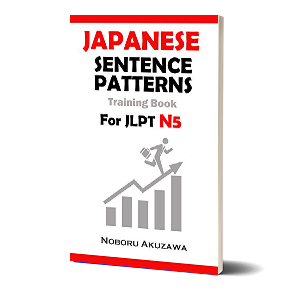
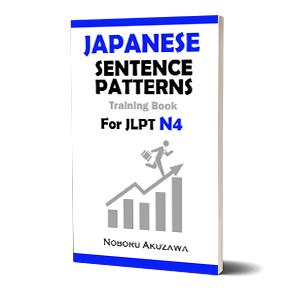
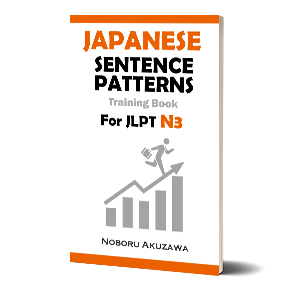
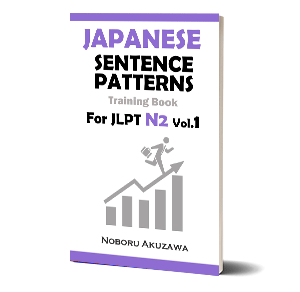
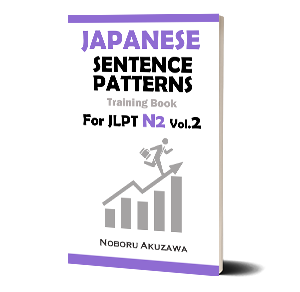
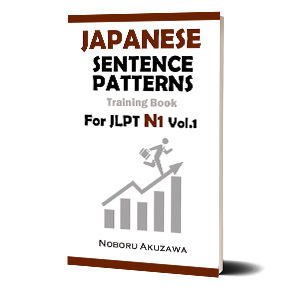

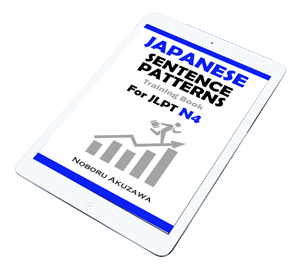
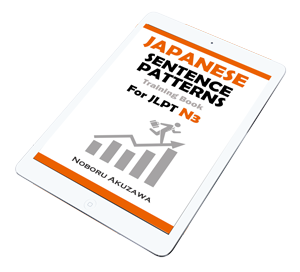
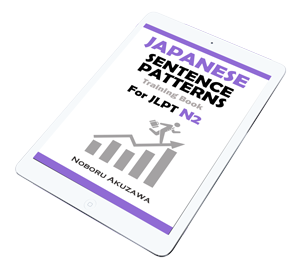
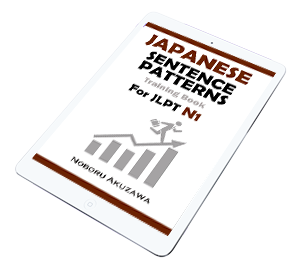










No comments yet.